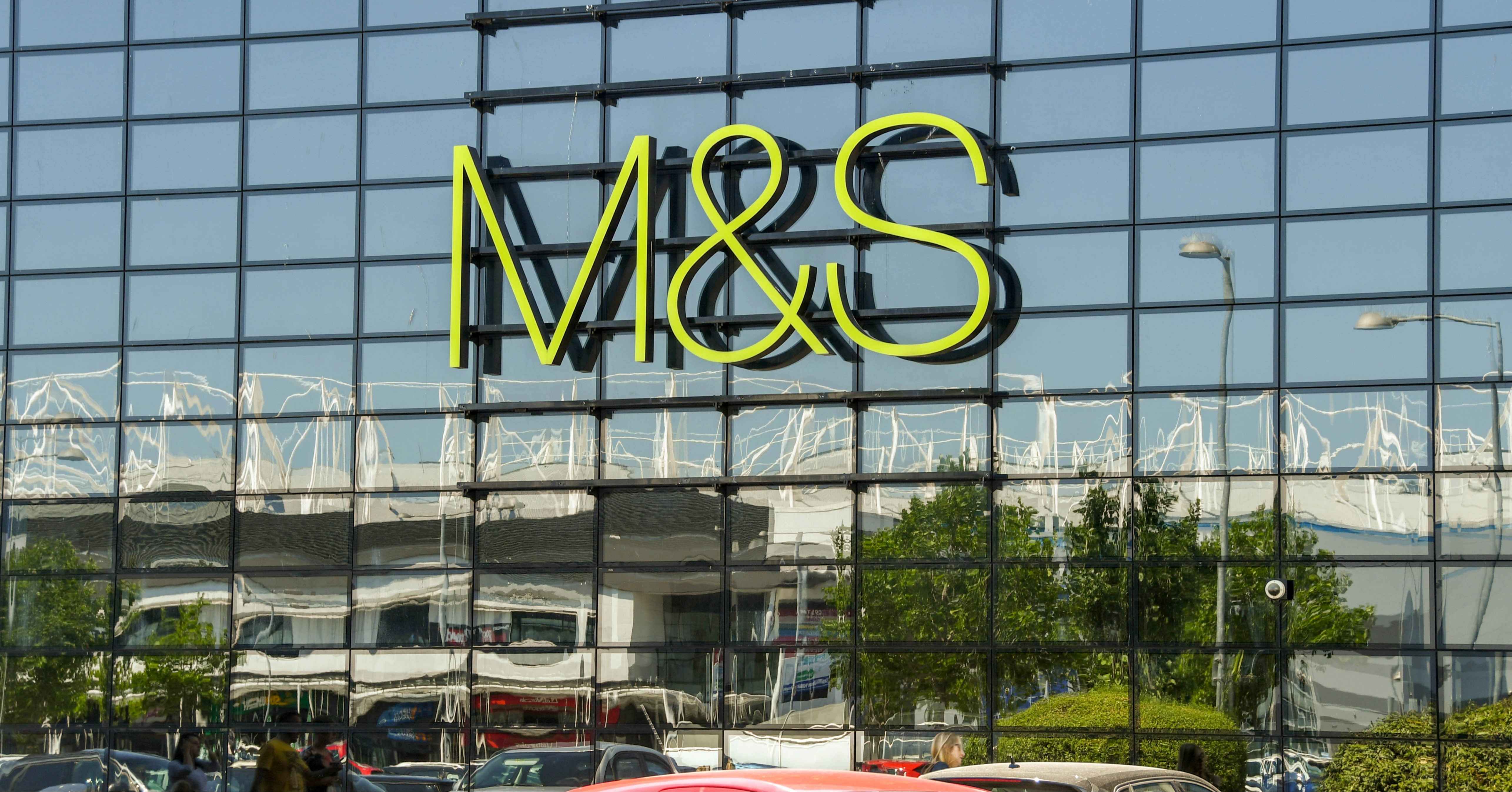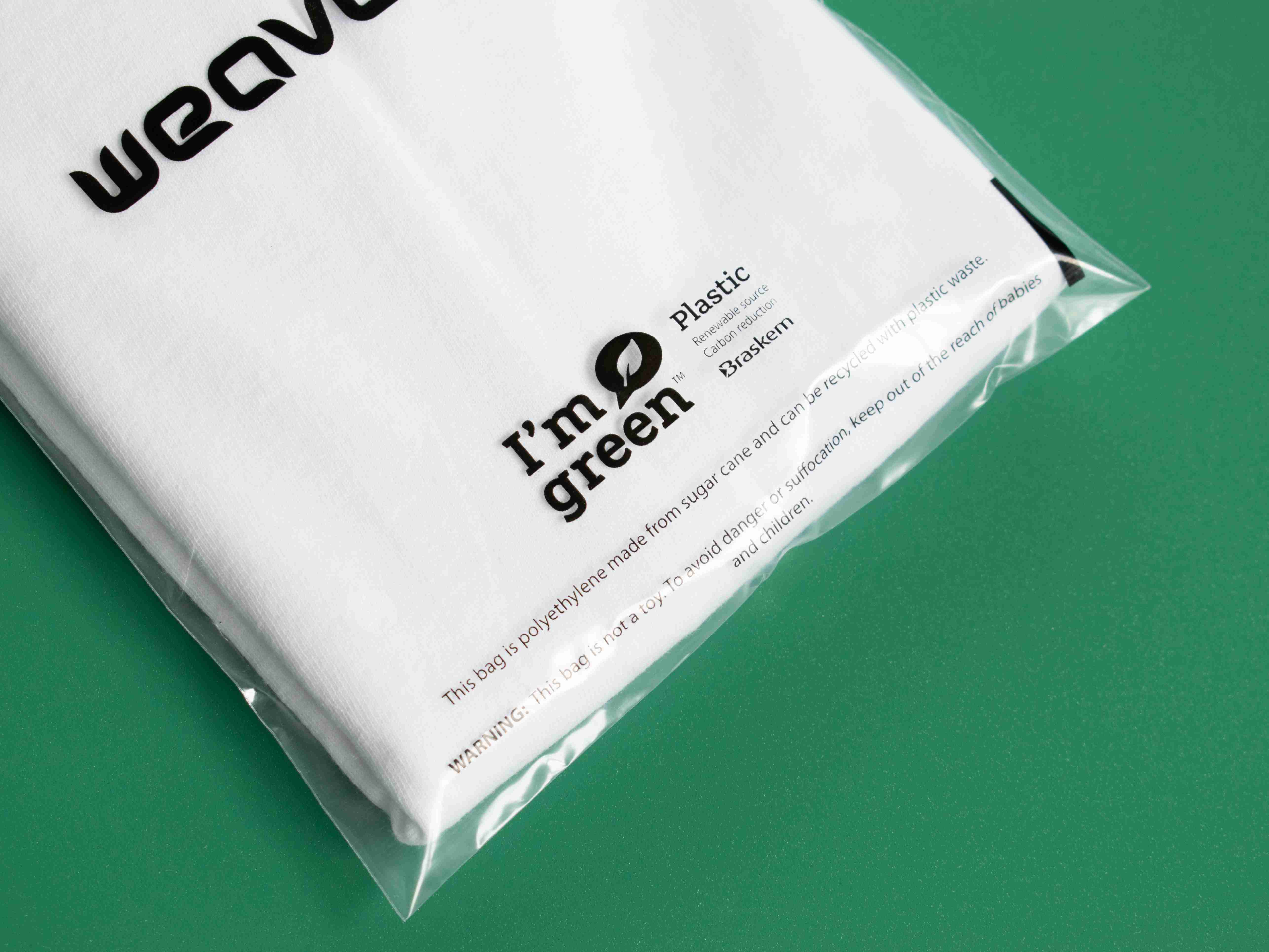Is M&S sustainable?
Ever wondered how M&S' eco credentials stack up? We ask the all-important question: is M&S sustainable?

Considered an iconic British institution, Marks & Spencer — or as it's more commonly known, M&S — is a brand loved and respected by many. Just as the brand has been instrumental to the British past, it's also setting targets to play a key part in securing the planet's future.
In this blog, we examine M&S' sustainability ambitions and credentials to answer one simple question: Is M&S sustainable?
The vision
M&S is clear on one thing — operating ethically impacts the planet and its people and makes business sense. The brand believes there’s no plan B, so it released Plan A in 2007. M&S was ahead of the curve by setting ambitious sustainability targets early on, paving the way for mainstream sustainability initiatives.
In 2021, it re-reviewed the targets and initiatives laid out in the plan to ensure long-term sustainable and profitable growth. M&S highly promotes and showcases Plan A, demonstrating transparency and accountability to meet its promises.
Plan A has been adjusted to allow M&S to become a net zero business by 2040 — 10 years ahead of the UK government's 2050 target. The targets align with the Paris Climate Agreement's aim to limit global warming to 1.5 degrees.
But how does M&S aim to achieve this? The pillars the brand has laid out include:
-
- Zero deforestation
- Sustainable sourcing
- Low-impact farming
- Suppliers and business partners on net zero journeys
- Circular economy
- Reduce food waste
- Reduce and recycle packaging
- Zero emissions property
- Zero emissions transport
The product
While many of the Plan A initiatives relate to the food sector of the business, the clothing and home department also has ambitious targets and initiatives.
M&S has committed to using only 100% verified recycled polyester for its clothing and homeware by 2025/26. In 2021, M&S launched its most sustainable denim range yet, manufactured with 86% less water and kinder chemicals. In addition, 100% of its cotton is sourced from sustainable sources.
M&S has also launched several sustainable initiatives to get its customers involved. In 2021, it invested in Hirestreet, a clothing rental platform. It's invested in learning more from Hirestreet about operating more sustainably and listing M&S clothing on the platform for customers to rent, contributing to a circular economy without waste.
Launched in 2008, M&S' Shwopping initiative has arguably been one of its most successful. The Shwopping stations allow customers to recycle their pre-loved clothes in M&S stores. The clothes are then sent to Oxfam to either resell, reuse or recycle.
The venture has generated £23 million for Oxfam from a total of 35.7 million donated items. 401,720 items were donated in 2021/22 alone.
The packaging
While the clothes themselves are a big part of the picture, the packaging is a feature which stretches throughout the whole supply chain. Plastic poly bags, tape and hangers all contribute to plastic waste, of which M&S is acutely aware.
In response to the plastic epidemic, M&S has removed over 60 million units of plastic from its clothing and homeware range since 2018. That includes removing plastic covers from the 500,000 cashmere jumpers sold each year and 4 million pieces of plastic by displaying lingerie on product tables instead of on hangers. It's also removed 3.2 million units of plastic from the bedding range.
Carrier bags are either paper or plastic bags for life made from 100% recycled plastic waste from M&S stores. The brand was the first to charge for single-use plastic bags in 2008 and since then, M&S has seen a 90% reduction in carrier bag purchases.
The e-commerce packaging has been made sustainable, too. The iconic M&S green mailer bags are made from 100% recycled plastic and are fully recyclable through the M&S plastic takeback scheme. It uses paper tape instead of plastic, saving 2.8 million metres annually, and cardboard boxes are 100% recyclable.
To top it all off, M&S launched its plastic take-back scheme, which means it'll accept and recycle any plastic waste consumers can't recycle through household waste collections.
The results
Many of the statistics previously mentioned speak for themselves. While it would be easy for M&S to greenwash like many other brands, it's holding itself responsible by reporting on its progress in an annual sustainability report.
The Sustainability Report 2023 shows the brand is progressing or has achieved most of its ambitious ESG goals, with only the food plastic target falling slightly behind.
0% of operational waste is headed to landfills and it's also introduced the Bring Your Own Bag initiative to click and collect points, saving 10 million pieces of plastic annually.
The conclusion: Is M&S sustainable?
So, is M&S truly sustainable? It's making good progress. The brand has set ambitious, robust and constant targets that are reported regularly, and new initiatives and solutions to sustainability issues are announced regularly.
Not only that, but M&S also doesn't just set the targets and then never mention them again. The brand holds itself accountable and is transparent, successfully avoiding any greenwashing claims.
But can a high-street chain as big as M&S ever truly be sustainable, as it clamours to keep up with the modern-day consumer's demand? That remains to be seen. However, it’s definitely taking strides in the right direction and operating much more sustainably than many of its competitors.
Sustainable fashion — is it possible?
We continue the conversation about sustainable fashion in our latest guide, Making fashion sustainable. Download your copy today to learn more about whether it's achievable and how brands can achieve it.









